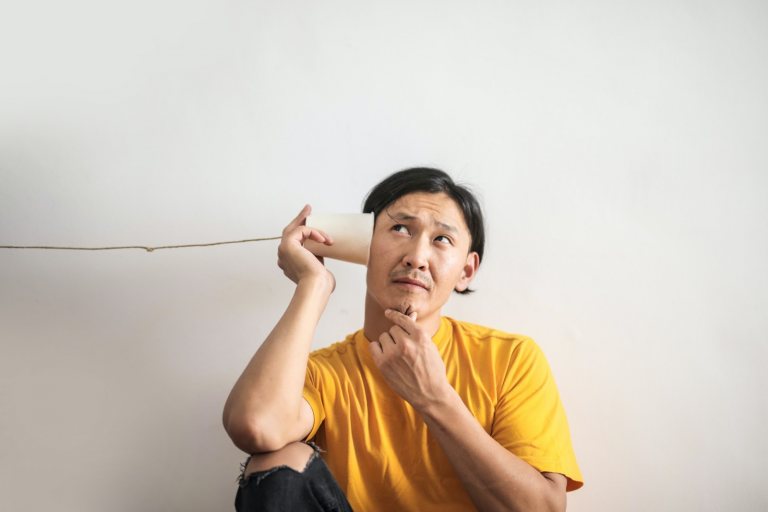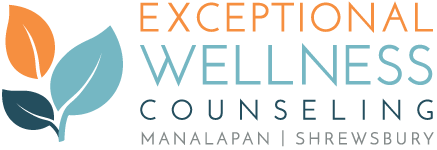Quick Tips and Guides to Help you Communicate Effectively
| Written by Jane Dustman, MSW, LCSW

Communication is a style and technique that all individuals engage in on a daily basis. While we may think we are master communicators we might tend to get ourselves into a kerfuffle whether we use humor, say something sarcastic, or be engaged with another party who does not understand our perspective.
Whether you are single, married, in a relationship, living with family or friends, in the job force, attending school, or even online in a grocery store, communication is key. Provided below are some helpful tips to help communicate effectively no matter where you are, who you are with, or what you are trying to get across.
Use Assertive Communication To Ask For What You Need
Assertive communication is one of the best ways you can properly and effectively communicate your words, thoughts or emotions, regardless of the situation. Being that we are emotional beings, our emotions can get the best of us and we tend to react and respond quickly in an emotional state of mind. While your feelings are valid, letting our emotions get the best of us can cause heated disagreements, arguments or even not talking to others.
The aspect of assertive communication is to listen to what one is saying, think and process the information and words that were just spoken to you and respond in a calm, clear, and direct manner. When one communicates assertively, you are controlling anger and frustration and ultimately minimizing conflict.
If you use sarcasm from passive aggressive communication, shy away in passive communication, or rev up your engines — yelling, kicking, or screaming — in aggressive communication, you can wind up in a sticky situation. Provided below is a helpful technique to help utilize assertive communication.
STOPP TECHNIQUE
- S- STOP
- T- Take a Breath
- O- Observe how you are feeling (any physical sensations/emotions)
- P- Perspective (what is the view an outsider can see)
- P- Put into practice.
Express Your Emotions Through “I Feel” Statements
Stemming from assertive communication, the most healthy and effective way to communicate, is to ensure you are expressing your feelings and emotions. Now, let’s not get confused as to what was stated earlier. We are emotional beings and we tend to act out of emotion, however, we want these emotions to completely express our feelings towards the situation.

One may wonder how we can effectively communicate our feelings without letting the emotions behind those feelings get the best of us. How; One may ask… Well it is simple.
In order to most effectively communicate our feelings, as our feelings are valid, is to express them using I Feel statements.
These “I Feel Statements” are phrases/sentences where an individual expresses their emotions about a situation, making the connection, and sometimes, even offering solutions to the problem.
The best way you can communicate using an I feel statement is shown below. Honing in your feelings about the situation, leaving the “you did this” out of the conversation, will help the other party involved come less to the defense, they are more receptive to your feelings and are more willing to work through the situation at large.
I feel _______ because ______ when _______. What I need is ___________.
Call the Adult Version of A Time Out To Calm Down
Sometimes, no matter how hard you try or how many effective communication techniques you throw at a situation, emotions can rise and not everyone sees eye to eye.
Unfortunately, when one or more person(s) are not on the same page, things can be said, as you guessed it, frustration and anger, and the conversation quickly takes a left turn. In order to avoid a blow out, designating a time out for you and the other individuals involved is the way to go.
The time out should not be viewed as a punishment, but more as a way to help take a step away, cool down, gather yourself and to collect your thoughts so that way, when you both or all are ready, you can come back together and effectively use the I feel statements and assertively communicate.
Here are a couple of things that can be used as symbols or to help signify a time out is needed:
- Safe word- Before hand, agree upon a word that is not commonly used in all parties vocabulary, so that way, if this word is yelled or said aloud, it signifies the conversation is getting heated and a time out is needed.
- 15 Minute Cool Down- Hold those hands up gesturing a one and a five, or say out loud, 15 minute cool down in an attempt to to help decompress, unwind, and gather yourself before continuing the conversation. This will help get you out of the emotional state of mind.
- Time out Hand Gesture- Have someone hold their hands up, as if they were a coach or a referee, signaling a time out is needed. That is a universal sign, so it should not be hard to interpret and again, symbolizes the party, or parties need a moment.

Remember Gottman’s Magic Ratio and Think About the Positives
John Gottman, as we therapists like to call him, “The Father of Couples Counseling”, shed some light and some helpful techniques to help individuals communicate. While he has a lot of great styles/techniques that are super beneficial for communication, the one that stands out the most is the “Magic Ratio.”
The Magic Ratio suggests that for “every one negative feeling or even interaction between couples, partners, individuals, there has to be at least five positive feelings or interactions between said individuals.”
It is hard in the moment if things are not going how you thought they should, emotions are rising high, tensions are building, to think about the positives. Sadly, we tend to focus on the negatives, can hit below the belt, or even bring things up from the past or character flaws that have nothing to do with the conversation at large.
It is extremely important if you want to help work through miscommunication and tension by recognizing five positive feelings and interactions about the individual(s) you are dealing with. You will see the conversation shift directions and the tension slowly fall.
Practice Active and Reflective Listening To Communicate Most Effectively

You may have heard teachers or adults tell children to be sure to actively listen to their peers. But what does active listening actually entail and does it work?
Active listening is the ability where one is able to effectively communicate by listening to what others have to say, engaging in eye contact, picking up on any nonverbal cues or body language, and acknowledging what is being said with either head nods, making the “mhmm” sound effect and being totally present in that conversation. The main part of active listening reflects back to the assertive communication aspect where one is taking the time to listen to what is being said, waiting till one is finished, processing that information and gathering responses before ultimately responding.
To deepen active listening further, one can engage in reflective listening. Reflective listening is the aspect of trying to understand said person’s idea/thought, then offering that thought/idea back to the person, to ensure or to clarify you got what they are saying correctly.nCombining active and reflective listening helps strengthen the parties being present in the moment, ensuring one another is being heard and asking clarifying questions to help mitigate preconceived notions or assumptions.
Here are a couple of ways to engage in active listening:
- Being attentive
- Asking open-ended questions (not just yes or no questions)
- Ask clarifying questions
- Paraphrase what someone said
- Summarize what you gathered from it
- Show and express empathy
- Use open body language
If you are struggling to communicate your feelings amongst loved ones, friends and/or peers, or are having a hard time expressing your needs, please do not hesitate to outreach for help.
Licensed professionals can help you talk through your feelings, help you assertively communicate, work on establishing healthy boundaries, and achieve desired goals through technique interventions and talk therapy.
Jane Dustman is a LCSW who enjoys spending her free time with family and friends, hanging on the beach, practicing yoga and dancing. Jane is dedicated to her practice of social work and enjoys being a full-time therapist at Exceptional Wellness Counseling.
EWC has locations in Manalapan and Shrewsbury, NJ, and accepts a variety of insurances.
Check out Jane’s professional bio here.
Email Us: info@exceptionalwellnesscounseling.com
Call Now: (908) 415-2042
NEXT STEPS & RESOURCES
-
- Are you ready to take your first step? Reach out to us.
- Do you feel you may benefit from counseling during this time? Take the first step.
- Interested in online counseling? Learn more.
- Interested in group counseling? Learn More

